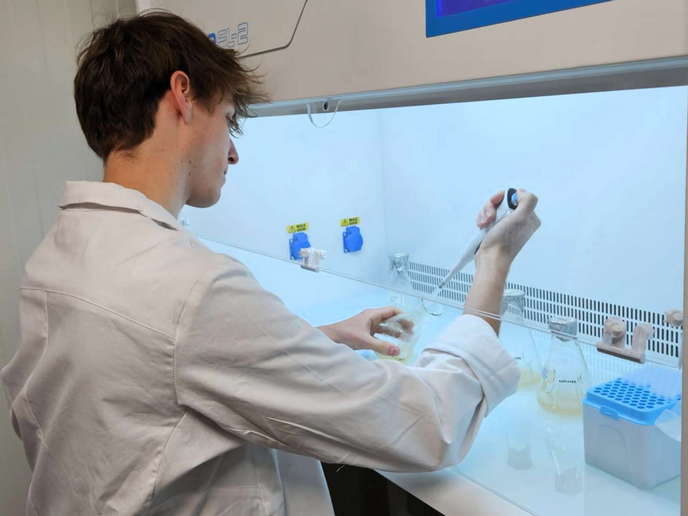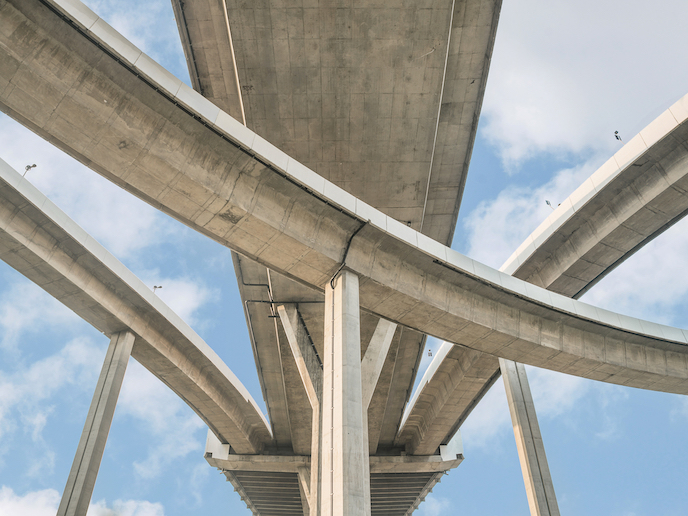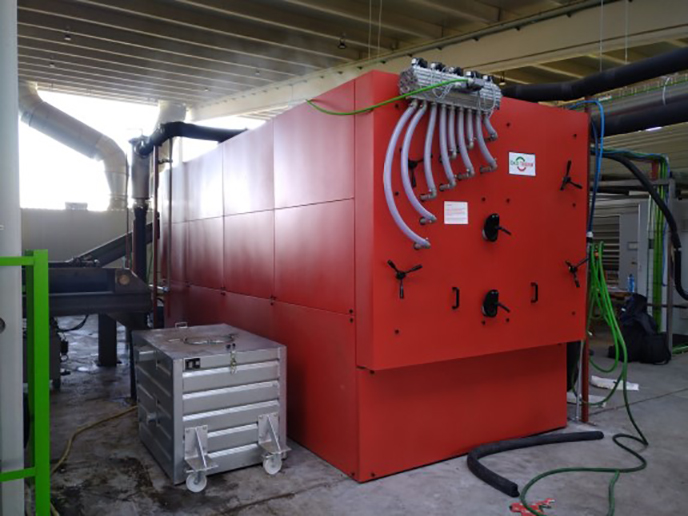More efficient OLED lighting comes at a lower cost
In a nutshell, what the LEO (Low-cost / energy Efficient Oleds for lighting) consortium aimed to develop when they kicked off their work three years ago was a high-performance, bendable and low-cost OLED technology for general and mood lighting. By replacing conventional glass and polymer substrates in state-of-the-art OLED lights with conformable metal substrates, and by introducing new emitter materials and processes, they are indeed paving the way to a long sought-after cost-effective OLED lighting technology. To get there, the team proceeded with four key innovations. First, they created low-cost metal foils integrating OLED anodes and possibly backside monitoring printed circuits. Compared to PET plastic sheets, these metal foils are mechanically much more robust and constitute a natural barrier against moisture. Then, they developed smart OLED top-electrode architectures and light out-coupling solutions in association with novel thin film top-encapsulation strategies – thereby increasing by 50 % the amount of emitted light and providing better surface scratch resistance. The team also reduced the environmental footprint of OLED technology thanks to noble metal-free emitters based on Thermally activated delayed fluorescence (TADF) materials. Finally, they developed a cheap hybrid OLED deposition technology that combines vacuum and wet deposition processes. A bit more than a month away from the scheduled end of the project, the project team is essentially left with the task of proceeding to a full cost evaluation. ‘It has not been completed yet,’ says Dr Etienne Quesnel, senior expert in Material Sciences at CEA-Grenoble and coordinator of LEO. ‘We can, however, anticipate a lowering of the final OLED costs through the use of low carbon steel substrates. The strategy of our industrial partner consists in developing metal substrates that could address both the photovoltaic and OLED market and could help decrease the final substrate cost by 50 %.’ A similar reduction is also foreseen for the encapsulation of the OLED device – which is key to ensuring a long lifetime. Replacement of conventional emitter materials by TADF, on the other hand, should have a more limited impact on cost – just like the LEO’s new, hybrid manufacturing process. ‘The actual interest in such a hybrid approach has still to be confirmed industrially and in terms of final device performances,’ Dr Quesnel explains. Wide industrial plans Industrial partners are already busy exploiting the project’s results: OSRAM, for instance, is focusing on process integration for both hybrid systems and metal-based OLEDs in automotive applications and special applications in general illumination. ArcelorMittal is developing new materials and coatings based on R2R process technologies, as implemented in LEO, to produce advanced steel foils for printed electronics applications. Cynora is providing state-of-the-art TADF dopants to worldwide leading panel makers, and CEA notably aims to transfer its knowledge to both OLED and photovoltaic device manufacturers. ‘Unexpected applications are also emerging beyond lighting. These include conformable OLED panels for aeronautics, as well as display and micro-display applications requiring higher image contrast than the conventional glass cover approach,’ Dr Quesnel points out. LEO partner CYNORA has already signed a partnership with some of the most prestigious display manufacturers in Asia. And whilst this success goes beyond the sole LEO project’s impact, it validates a posteriori the technological route followed four years ago by the seven members of the project consortium.
Keywords
LEO, OLED, lighting, automotive, LED, light extraction, flexibility, moisture, TADF, manufacturing, aeronautics







